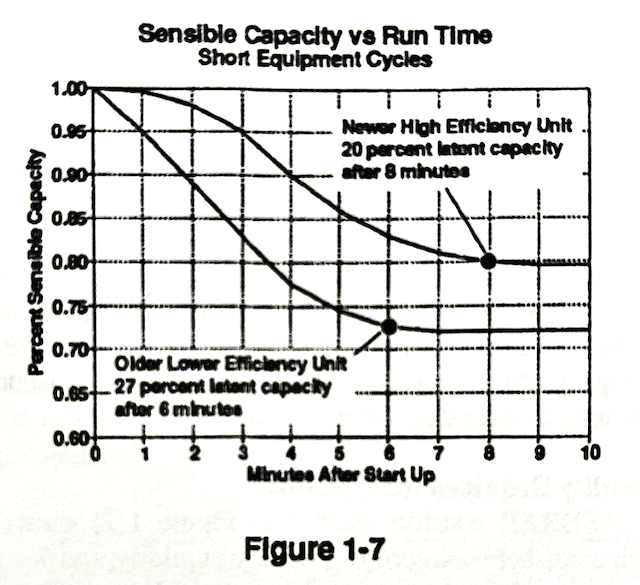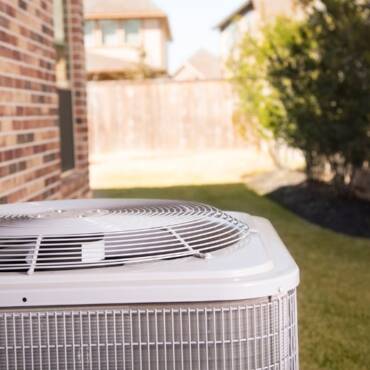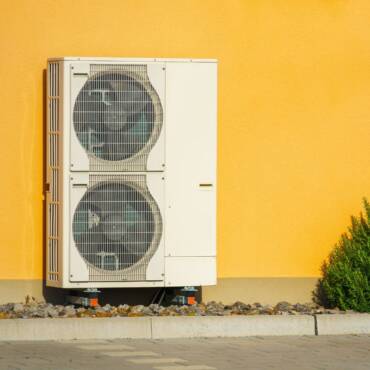Key Takeaways:
- Heat pump sales are surpassing traditional furnaces, creating new sizing challenges
- Oversizing often occurs when prioritizing heating capacity without proper cooling consideration
- Common mistakes include manipulating Manual J calculations and misunderstanding variable-speed capabilities
- Oversized systems lead to reduced comfort and dehumidification issues
- Manual S provides specific guidelines for acceptable oversizing limits
- Proper sizing leads to better system performance and customer satisfaction
Electrification, Heat Pumps and the Oversizing Issue
The last few years we have seen air source heat pumps (will just be referred to as heat pumps for the remainder of this post) sales overtake fossil fuel furnace sales in the US. It’s no secret that the push for electrification and installing heat pumps over fossil fuel furnaces has been growing and becoming the norm, even in climates that once would never think of installing a heat pump.
While we enjoy this excitement for heat pump technology and growing number of systems installed, we also find that with that comes the need for better education and reformed sizing and installation practices.
Understanding the Oversizing Challenge
One such practice that seems to be happening more often that I get asked about is the oversizing of heat pumps in climates where there is both a heat load and a latent cooling load (also referred to as “Condition A” in Manual S (N1-5 Heat Pump Sizing Condition)).
📕 Understanding these central heat pump installation considerations is crucial because improper sizing leads to more callbacks and customer complaints about comfort issues.
I get asked the “how” and “why” this happens and what the ramifications are. The simple answer to the “why” is that the greater portion of the heat load that is covered by the heat pump, the lesser the need for reliance on resistance heat. Put more simply: decrease the thermal balance point, increase the savings on heating your home.
When we fall below the balance point, we need supplemental heat, and for conventional heat pump systems, that is electric resistance heat.
📕 For a deeper understanding of heating principles, check out our guide to the hot and cold of HVAC systems.
Common Field Mistakes and Their Impact
Secondly, we see instances where a load is performed incorrectly by not doing due diligence during the site survey process. There have been cases where folks will “manipulate” the information being entered in an effort to increase the overall BTU load to ensure they don’t end up with an undersized system.
It’s as if there is a mistrust in the calculations being performed, so they “help it out” because they don’t want an angry customer. I’ve heard many of our industry’s top voices involved in the science of load calculations say that the calculations are already very conservative and don’t need our help in this area. Some have even called these “hidden BTUs.”
The Variable Speed Misconception
The last issue is the belief that multistage or variable speed heat pumps can be oversized due to their ability to reduce capacity, which should negate the cycling issue. Unfortunately, there are two issues with that school of thought. The first issue is expressed in figure 1-6: while the sensible load decreases as outdoor temperature decreases, the latent load does not decrease anywhere near as much as the sensible.
This means that when the multistage or variable speed goes to a reduced capacity, the reduction is both in sensible and latent capacity, which means that the latent capacity of the equipment during the capacity reduction will not be enough to meet the latent load of the space.
Understanding Modern Equipment Characteristics
Figure 1-7 shows us the sensible-latent split on older lower efficient systems that had larger compressors and smaller coils that had a typical sensible capacity in the lower 70% range with the latent being in the upper 20% range up to almost 30% (the lower curve in the chart). The new high efficiency equipment with larger coils and smaller compressors is closer to an 80/20 split (the upper curve).
The lower curve latent condition is at 27% versus the higher curve at 20% – that’s not a 7% difference, it’s a 26% reduction in latent capacity. The total capacity remains the same, but the ability to dehumidify is noticeably different, so attention must be paid when sizing the system and determining what airflow settings should be used to meet the needed latent removal.
📕 For more detailed troubleshooting guidance, refer to our general guide to HVAC troubleshooting.
Following Manual S Guidelines

The Manual S does allow for oversizing of heat pumps when installed in the condition we are discussing, which is when there is a latent cooling load in addition to the heat load. The maximum oversizing of the equipment cooling capacity compared to the cooling load is:
- 115% for single stage
- 120% for 2-stage
- 130% for Variable Speed
We should not deviate from these Manual S guidelines to ensure we don’t create comfort problems for our homeowners.
Conclusion
In closing, I don’t think folks set out to size systems incorrectly or oversize from a lack of desire to do right by the customer – it’s likely the opposite. It’s probable that we don’t want to take a chance on having a customer be cold in their home, and we want them to use the minimum amount of energy possible to be comfortable.
Sizing toward the heat load is an easy trap to fall into. If you couple that with a misunderstanding of latent load and how sensible and latent splits shift during turndown, it’s easy to see how this oversizing practice happens. I know I have been guilty of this in the past myself and judge no one for it, but I do implore everyone to take the time to get educated and let’s do our best to apply this knowledge in the field starting today.
Whether you require installation, repair, or maintenance, our technicians will assist you with top-quality service at any time of the day or night. Take comfort in knowing your indoor air quality is the best it can be with MOE heating & cooling services Ontario's solution for heating, air conditioning, and ventilation that’s cooler than the rest.
Contact us to schedule a visit. Our qualified team of technicians, are always ready to help you and guide you for heating and cooling issues. Weather you want to replace an old furnace or install a brand new air conditioner, we are here to help you. Our main office is at Kitchener but we can service most of Ontario's cities
Source link



